What's discussed in this post
Introduction
You just finished your draft. Congratulations!
… Now what? Even for the experienced author, revising a short story or novel can be a daunting task because the advice out there is often this broad or vague. Authors need specific and actionable advice so they feel confident in approaching a revision. That’s where the developmental edit comes in. A developmental edit is an evaluation of a manuscript's bigger picture (or macro) elements, which includes character, stakes, and plot. It may also address some micro edits such as pacing, structure, showing and telling, point of view, and tension. The point is to get the bones of the story in proper shape. While hiring a professional to perform a developmental edit or editorial critique is always a good option, every author should attempt to do it themselves first. Learning to evaluate your own manuscript will not only help you hone your craft, but it will save you money. The structure of a developmental self-edit
So, what is the structure of a developmental self-edit? Here’s the basic outline:
This post goes into how to perform a cold read. By the end, my hope is that you can approach this first step of revising your manuscript with confidence and clarity. What is a cold read and how do you do one?
For a developmental editor, the cold read is the first read-through of the manuscript. Reading through the manuscript prior to digging into a developmental edit allows an editor to get an overall feel of the manuscript’s character, plot, stakes, and themes; the author’s style; and the obvious issues to address. Typically, no actual editing is performed on this first read, but the editor will have a checklist or notepad nearby to jot down notes or ideas.
A cold read is more easily done by a developmental editor because the manuscript isn’t precious to them. They go into the read with the needed objectivity. As the author, you don’t have that advantage. So, the first step of performing a cold read is to gain objectivity, and the second step is the read-through. Step 1: Gain objectivity
What you and your manuscript really need is objectivity. Here are three ways to help you get it:
1. Take time and distance away from your manuscript
Established authors, editors, agents, and book coaches all emphasize the importance of stepping away from your manuscript, giving it (and you) time to rest. I’ve seen many suggest letting the manuscript rest for at least six (6) weeks. This is often easier said than done. Sometimes, we are too excited to put our manuscript aside for long, and other times, we are on deadline, whether self-imposed or not. However, Tiffany Yates Martin says even a few days away from the manuscript can be effective—if you distract yourself. Here are some distraction methods:
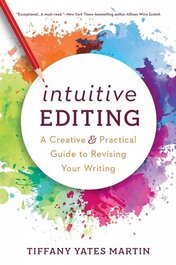
General Revision – Intuitive Editing by Tiffany Yates Martin. I cannot recommend this book enough. It’s the first book on revision with clear, practical, and actionable advice. It makes my neurodivergent brain happy.
Show vs. Tell – I haven’t seen a better book on showing and telling than Understanding Show, Don’t Tell (And Really Getting It): Learn how to find—and fix—told prose in your writing by Janice Hardy. Like Intuitive Editing (which has a chapter on this!), Hardy’s book gives actionable advice with great examples. Both books have the format of “how to find it and how to fix it,” which I find extremely helpful!
Short stories have the added benefit of helping you hone your craft while you create something for your newsletter. Pick up Brevity: A Flash Fiction Handbook by David Galef to learn about the different formats of flash fiction and how to revise it.
Tip: Explore a new genre through a short story. It will distract you even further from the book you just finished.
2. Read the manuscript in a different place than you wrote it
As Yates Martin says, “The brain is a creature of habit.” So, if you try to read your manuscript in the same place as you wrote the draft, your brain will go back into writing mode. You want it in reader mode!
3. Read the manuscript in a new format
This is an essential part of the editing process, I believe. Putting your manuscript in a new format—whether it's a printout, a paperback ordered off of Lulu, on your e-reader, or even with just a different font—tricks your brain into thinking it's not yours and therefore allows you to enjoy it as a reader would.
Step 2: Read your manuscript
Next, you’ll want to read your manuscript in as few sittings as possible. Make sure you have a notepad, notecards, etc. nearby to jot down issues you notice or improvement ideas. DO NOT mark up the manuscript itself (which is why putting it on an ebook reader is such a brilliant idea). If you begin marking up the manuscript, your brain will flip into writer and revision mode, and we’re only focusing on identifying issues and improvements right now.
Also, don't forget to write down good things about your manuscript! What did you enjoy? What is working? Highlight your favorite lines! You'll be happy to have a reminder of what is good about your manuscript as you dig into the revisions. Once you're done with your cold read, it's time to let your first impressions simmer. Our unconscious discovers wonderful ideas when we let it. Leave your manuscript for a couple of days, let your unconscious do its magic, and never be without the means to take notes! To sum it up
Every author should learn how to perform a developmental self-edit because it will not only help them hone their craft but also save them money. A cold read is the first step of a developmental self-edit, and to perform an effective cold read, you need to obtain objectivity. Take time away from your manuscript if you can, and if not, read your manuscript in a new format and a new place than you wrote it. Read your manuscript in as few sittings as possible, and then let your unconscious work its magic before you start on the next step: Evaluating your manuscript.
0 Comments
What's discussed in this post
What is cohesion and why is it important?
When reader expectation is not met, the narrative may read awkwardly, causing the reader’s concentration to break briefly or the reader to backtrack to glean meaning out of what they just read. This disrupts the reader’s immersion and gives them the opportunity to put down your book! No one wants that. This guide explains how to meet reader expectation at the paragraph level with the known-new contract, so you can revise your writing for cohesion with confidence. What is the known-new contract and how does it apply to paragraphs?As explained in my post, “How to meet reader expectation at the sentence level,” the known-new contract is how the reader learns new information: by connecting it to what they already know. If you struggle with meeting the known-new contract, your sentences may provide only new information consecutively, creating a choppy, disconnected flow. At the paragraph level, the known-new contract begins with the opening sentence. Reader expectation is set in that first sentence because it tells the reader what is coming. Essentially, the first sentence of every paragraph acts as a topic sentence, and the sentences that follow act like subtopics or supporting details.
The 3 paragraph patternsThere are 3 paragraph patterns that every writer should be aware of:
The repeated topic paragraph patternAs inferred in the name of the pattern, the repeated topic paragraph pattern takes full advantage of repetition as a cohesive tool. The topic presented in the first sentence becomes the known information for the full paragraph, and this known information regularly remains in the subject position, although the phrasing of the subject may change to synonyms, related words, or pronouns to create variety. This paragraph pattern works for:
Examples
Here, LaCour introduces the topic of “a speech” that the narrator has prepared, and then uses the repeated pronoun “It” to refer back to the topic, the speech, while adding supporting detail to create depth to the speech without us having to hear it all. The pronoun “it” doesn’t have any other meaning until the direct speech quote. Not only is it a prime example of the repeated topic paragraph pattern, but it’s also a great example of balancing showing and telling with description. (If you want to study description, I highly recommend Everything Leads to You!)
Like LaCour, Barrow uses a repeated pronoun and its antecedent to move the reader through this paragraph. Unlike the LaCour example, the topic of this paragraph—Hannah’s relationship to smoking—is not stated outright, but it is no less clear through her lighting the cigarette and the act of smoking instantly soothing her. Barrow then uses not only a repeated pronoun and its antecedent (Hannah, she, her) but also related words (cigarette, click-hiss-exhale, the thing, a big smoker, something, that, the smoking, it, a way not to drink). The known-new paragraph patternThe known-new pattern allows the topic of the sentence to progressively change throughout the paragraph by using the new information in one sentence as the known information in the next. So, the information in the predicate becomes the subject of the next sentence, and each sentence after the topic sentence acts either as a subtopic of the first sentence, or a supporting detail of the sentence directly before it. This type of paragraph pattern works for:
Examples Here, Hahn uses the known-new contract to introduce a new character to this scene. The predicate of the first sentence, even as my phone buzzes with a text, sets up the introduction and leaves the reader asking Who? The question is answered immediately as the subject of the next sentence: Micah. We then find out what Micah’s doing, what his motivations are, and why. This is a short paragraph of 2 sentences and therefore highlights cohesion at the sentence level as well as paragraph level. Barrow uses the known-new contract to introduce multiple characters to the narrator’s life: he sees the band, and we find out who is in the band. The information paragraph patternIn the information pattern, each sentence after the first sentence is a supporting detail of the topic. The supporting details act as subtopics, and they are all known information because they are in the same domain as the topic sentence. They are information that a reader expects as relevant. This works for:
Examples See? I told you that you should read Everything Leads to You if you want to study description! LaCour uses the information pattern here to describe a character’s house. Each subject in the independent clauses that follow I pull up in front of her house is a subtopic: the shutters in the front windows, junk mail, a few small pots. Even though it’s all new information, it’s what the reader would expect to learn about a house, and therefore it acts as known information to them.
Here, Hahn uses the information pattern for an introspective paragraph. The topic is the narrator wondering if he’s ruined her for anyone else and how effed up that is (Hahn uses a fragment here for dramatic effect, but the first two sentences are one idea). Each subject of the subsequent sentences act as subtopics staying in the domain of her explaining why that thought is effed up. Quick tips
Further study
What's discussed in this post
What is cohesion and why is it important?
When reader expectation is not met, the narrative may read awkwardly, causing the reader’s concentration to break briefly or the reader to backtrack to glean meaning out of what they just read. This disrupts the reader’s immersion and gives them the opportunity to put down your book! This guide explains how to meet reader expectation at the sentence level with the known-new contract, repetition, and parallelism, so you can revise your sentences for cohesion with confidence. The known-new contractOut of the 3 techniques used to create cohesion, the known-new contract is the most important because it’s how the reader learns new information: by connecting it to what they already know. If you struggle with meeting the known-new contract, your sentences may provide new information consecutively, creating a choppy, disconnected flow. To understand this concept, we need to go over how sentences present information:
Starting with a simpler concept of what the reader already knows de-emphasizes it and allows the reader to focus and understand the new information. The new information should be presented in the predicate, where the natural emphasis is, because it allows the reader to retain more complex information and carry it onto the next sentence.
This sentence couplet comes in the scene right after the protagonist, Icelyn’s pet mini-dragon (Ember) had gone missing, sending Icelyn into a depressed panic. Since the reader would already have that in the foreground of their mind, Clemens begins the sentence with Ember finding her way home yesterday and ends with how Icelyn feels today about it, was such a relief it made today feel brighter, which is new information to the reader. In this case, the known-new contract also has a cause-effect structure. Clemens uses cause-effect to connect the first sentence to the second. The effect of Icelyn Humming a winter tune isn’t new information because it is caused by and exemplifies Icelyn’s relief making the day feel brighter, and those emotions are pulled through and motivate Icelyn’s actions in the rest of the sentence. RepetitionThis may seem like a promotion for redundancy, but there’s a major difference between redundancy created through repetition and repetition as lexical cohesion. When repetition is used as a cohesive tool, it acts as a link between sentences. It’s the known in the known-new contract, allowing the reader to focus on the new information, the purpose of the sentence. Repetition only becomes redundant when it has no purpose. Additionally, as stated above, lexical cohesion isn’t only the repetition of words and phrases; it includes the use of synonyms and related words, such as pronouns. Using pronouns is one of the easiest ways to create lexical cohesion because the subject or direct object of one sentence can be the subject of the next, yet they still add variety. Here’s an example of lexical cohesion using pronouns from my work-in-progress, Girls to the Front: We set down the desk in the main room, and I greet Nana. She sits in her usual house dress on the living room couch, watching Murder, She Wrote reruns. The direct object of the sentence I greet Nana sets the reader’s expectation to see Nana in the next sentence. Since Nana is in the foreground of the reader’s consciousness, the use of the pronoun she links two sentences together naturally, and the reader’s expectations are met. A more advanced way to create lexical cohesion is to use a scheme of repetition. A scheme is a structure used to convey meaning. Schemes of repetition include isocolon, anaphora, alliteration, assonance, epistrophe, epanalepsis, anadiplosis, antimetabole, and polyptoton. (I’m going to talk about these in a future post. Stay tuned!) ParallelismParallelism becomes a cohesive device when it’s used to connect sentences and paragraphs by creating an echo structure across them. When you echo a structure from one sentence to another (or one paragraph to another), you remind the reader what should be in the foreground of their mind. This adds intensity and drama. Here’s an example from Girls to the Front: Over the last few years, the church transformed the old school gym into an all-in-one kids entertainment center, with a set of trampolines, a video game setup, and an enclosed, padded play area (for the littlest kids) on the left; and an obstacle course made of ropes, beams, and climbing structures on the right. Here, I use parallel structures to concisely describe a setting. A set of trampolines, a video game setup, and an enclosed, padded area (for the littlest kids) and an obstacle course made of ropes, beams, and climbing structures both consist of three parallel noun phrases. The parallel prepositional phrases on the left and on the right connect the two descriptions to create one image. Finally, parallelism can also be used in the scheme antithesis, which is a comparison of contrasting ideas. An example of parallelism used in antithesis is Neil Armstrong’s famous “That’s one small step for man, one giant leap for mankind.” Quick tipsHere are some quick tips based on what we’ve learned in this post:
Further studyStyle and Statement by Edward P.J. Corbett and Robert J. Connors
Rhetorical Grammar: Grammatical Choices, Rhetorical Effects by Martha Kolln and Loretta Gray Style: Lessons in Clarity and Grace by Joseph M. Williams and Joseph Bizup What’s discussed in this post
Farther vs. furtherFarther is for literal or physical distance. She ran farther than me.
Therefore, the correct word to describe a character being “unaffected,” is unfazed. She was unfazed by his comment. Breech vs. breachAt thirty-seven weeks, the baby was in a breech position. The verb form of breach means to break open or break through. Therefore, breach is the correct homophone to use. They breached the border. Self-editing tipsWhen dealing with homophones and near-homophones, we need to look at both the words’ meanings and the context to determine which word to use. One way to do this is to highlight the word, right-click, and look up synonyms. If none of the synonyms match the meaning of the word, you're probably using the wrong homophone. However, in the case of further and farther, this way would not be reliable because the first definition of further is farther (English is so fun). So if you have MS Word, a second way to do this is to add the MerriamFetch macro. This is my favorite way to verify spelling and word choice because you can set it up with a keyboard shortcut so that Merriam-Webster is a keystroke away at all times. Here is where you can find the MerriamFetch macro by Paul Beverley. Lastly, if you know what homophones you confuse, make a reference chart! Further readingInstagram, @itssarahhawkinsedits, “Is it I have further to go or I have farther to go?”
The Chicago Manual of Style, “5.250 Good Usage versus common usage.” Editing Macros by Paul Beverley What’s discussed in this post
Commas with a direct address in dialogue
“Duke, you need to stop talking.” If the direct address comes in the middle of the sentence, the expression is set off by a pair of commas: “C’mon, Addy, let’s go to the park!” If the direct address comes at the end of the sentence, a comma goes before the expression: “Go home, Martin!” Commas with an indirect quotation within the question1. A subordinate clause with a direct quotation – In this case, you'll put a comma between the subordinate clause What do you mean and the independent clause Lola ate all the cheese, and you’ll add single quotations around the independent clause. “What do you mean, ‘Lola ate all the cheese?’ ” she said. 2. A dependent clause followed by an indirect quotation – This utilizes the scheme of elision, which is when you omit or drop words that are easily understood by the reader. In this case, the omitted word is by. When you utilize elision, a comma replaces the omitted word. “What do you mean by Lola ate all the cheese?” she said. “What do you mean, Lola ate all the cheese?” she said. In either case, commas are needed between the subordinate interrogative What do you mean and the independent clause. Which style is up to you, but aesthetics should be a consideration. In the manuscripts I edited, I chose the indirect-quotation style because the direct-quotation style looked busy. Commas with relative clausesRelative clauses are dependent clauses that begin with relative pronouns. Who, which, what, and that are the most commonly used relative pronouns. Whether or not you need to set off a relative clause with a comma depends on whether the clause is restrictive or nonrestrictive. Restrictive clauses include information that is essential to the meaning of the sentence. They should not be set off with a comma or pair of commas. The woman who lives upstairs needs to soundproof her bedroom a little more. Nonrestrictive clauses include information that is not essential to the meaning of the sentence. They should be set off with a comma or pair of commas. Janet, who is my upstairs neighbor, needs to soundproof her bedroom a little more. Self-editing tipsIs it identifying? Then it is restrictive. Do not set it off with a comma. Is it commenting? Then it is nonrestrictive and should be set off with a comma or pair of commas. Many proofreading and editing softwares will pick up on vocative expressions and introductory subordinate clauses and will suggest a comma or pair of commas, so use those to your advantage. Always keep in mind that a comma is required between an introductory subordinate (dependent) clause and an independent clause, and vocative expressions should always be set off with a comma or pair of commas. Otherwise, your reader will trip over the sentence, and they’ll be pulled out of the manuscript. Further readingThe Chicago Manual of Style 5.56: Relative pronouns defined
The Chicago Manual of Style 6.24: Commas with introductory dependent clauses The Chicago Manual of Style 6.53: Commas with direct address The Chicago Manual of Style 6.54: Commas to indicate elision Comma Table Comma Series |
AuthorSarah Hawkins is a geek for the written word. She's an author and freelance editor who seeks to promote and uplift the authors around her. Categories
All
Archives
December 2023
|

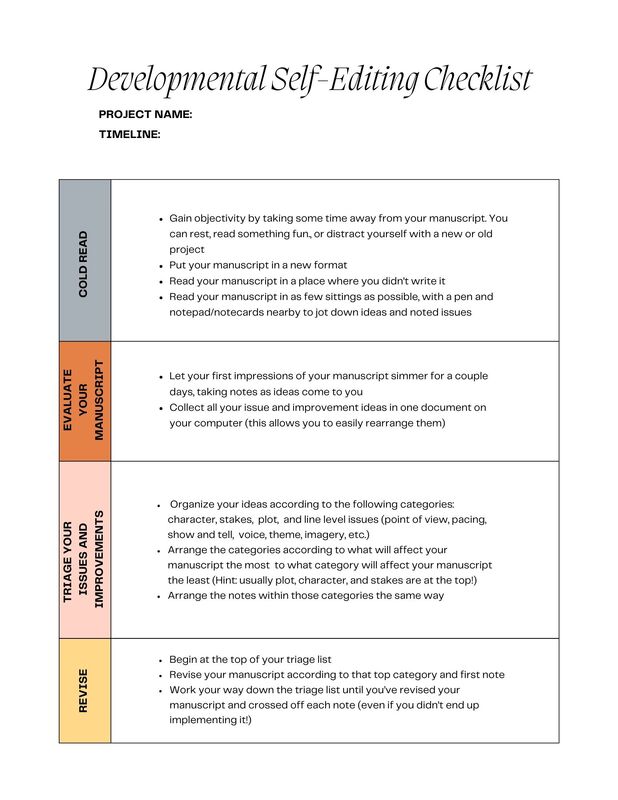

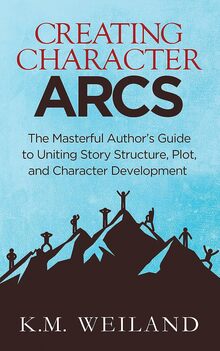
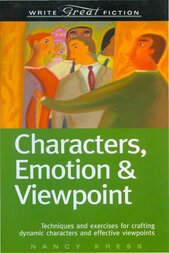
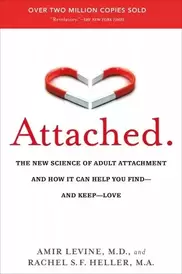
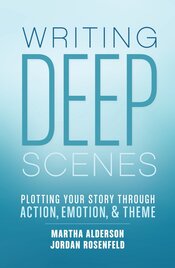
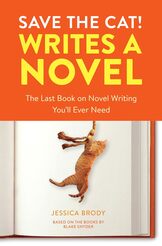
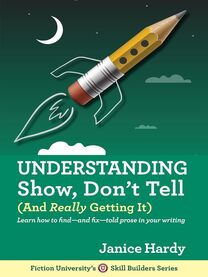
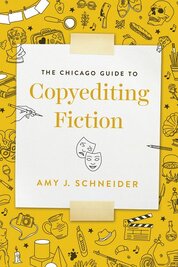
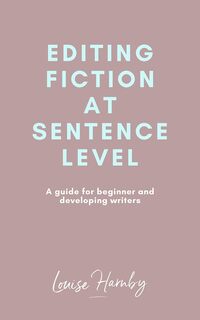
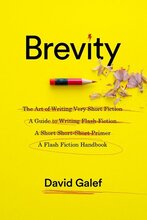
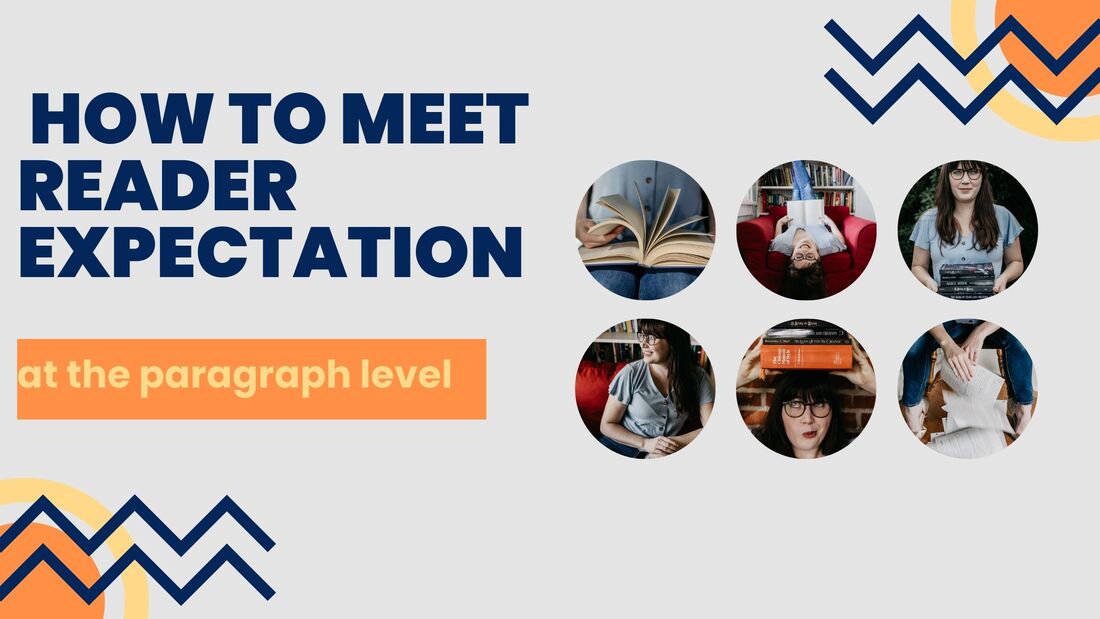
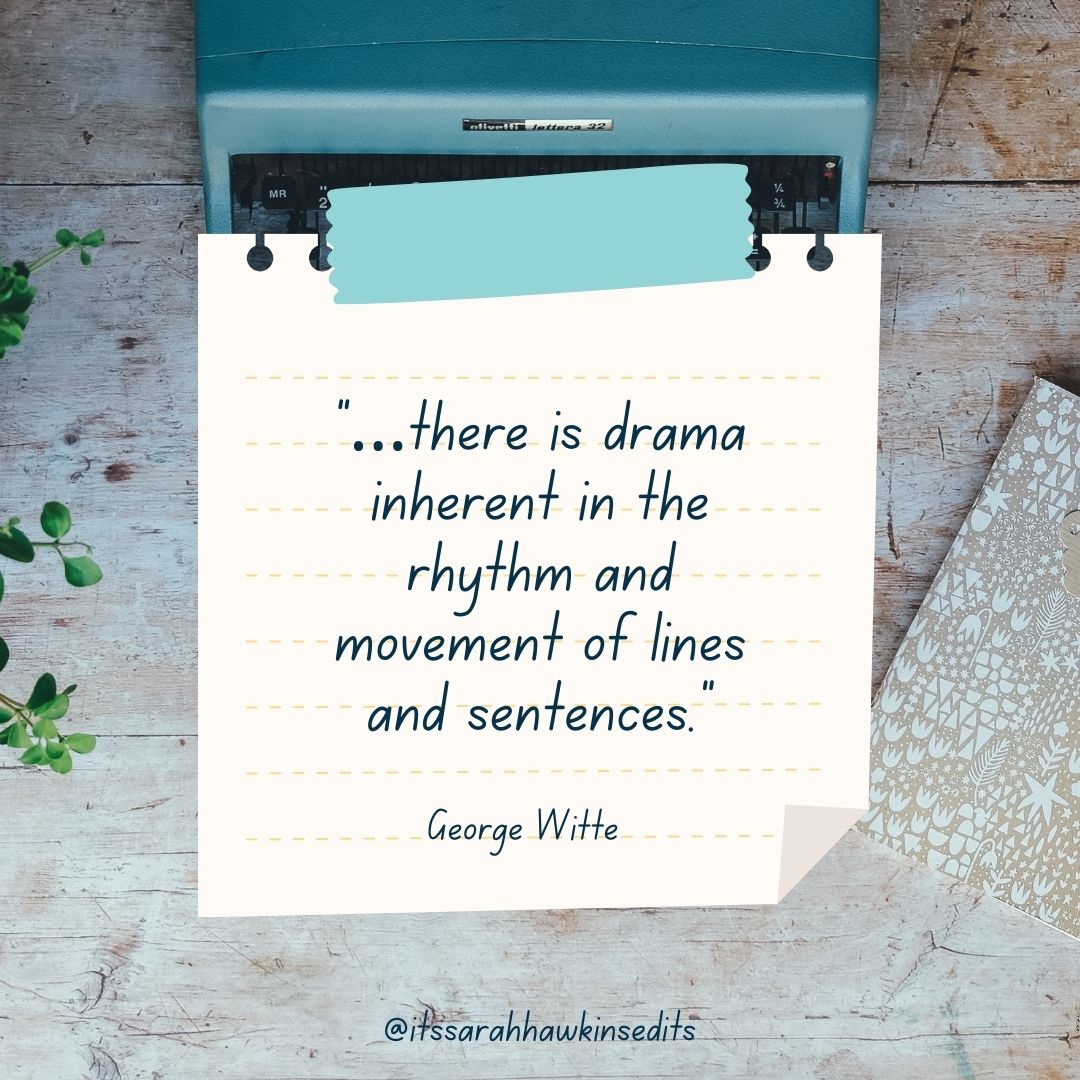
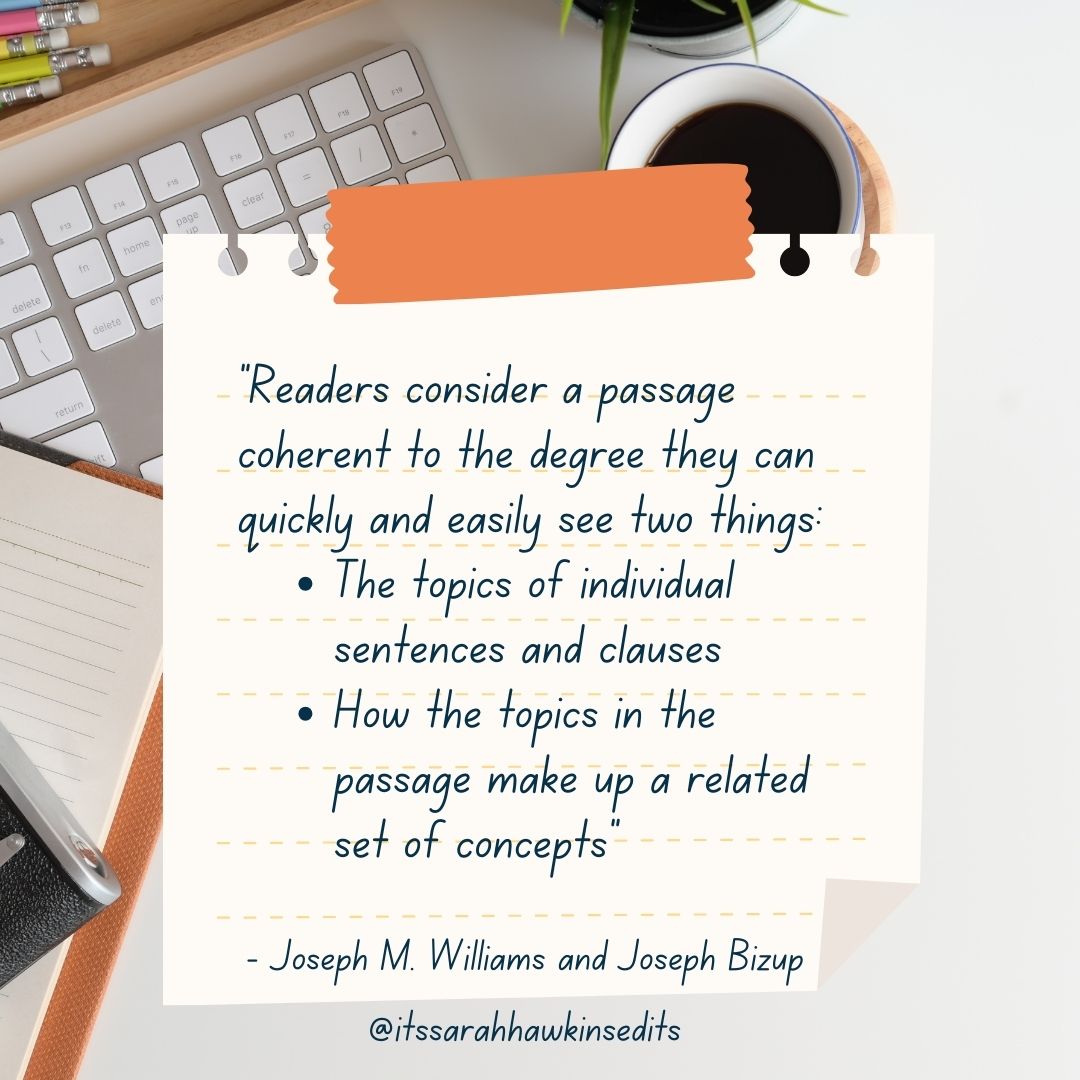

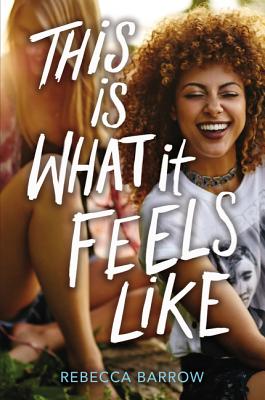
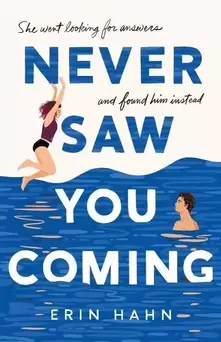

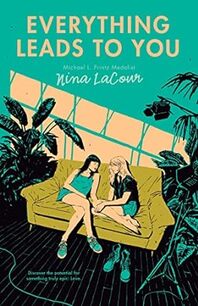
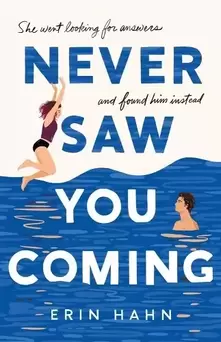
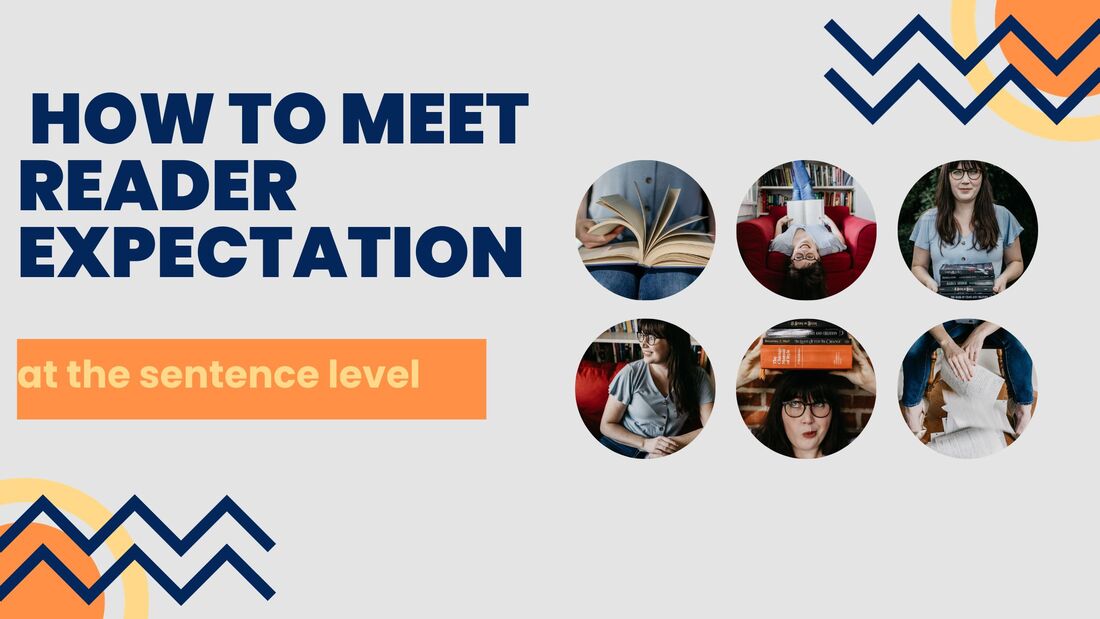


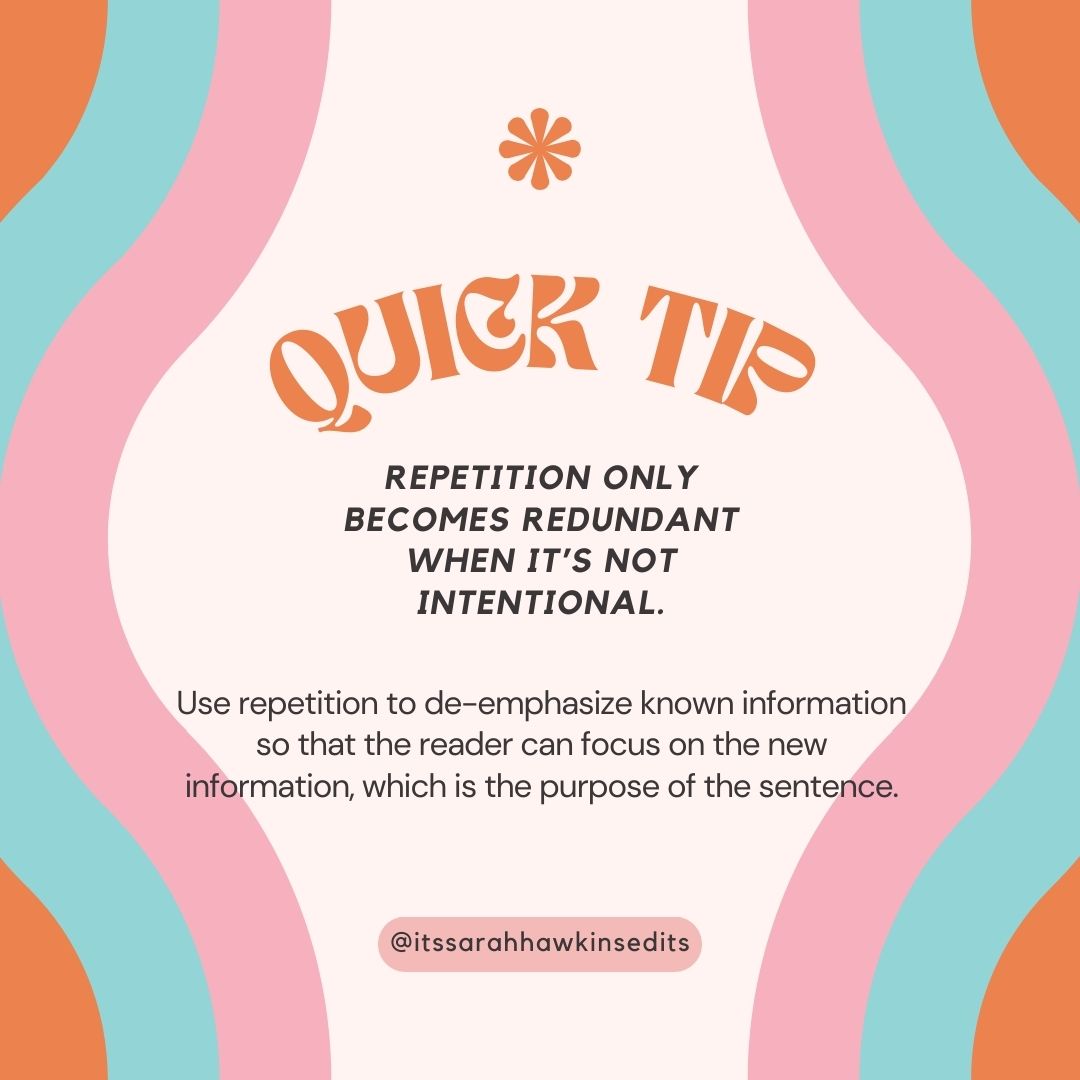
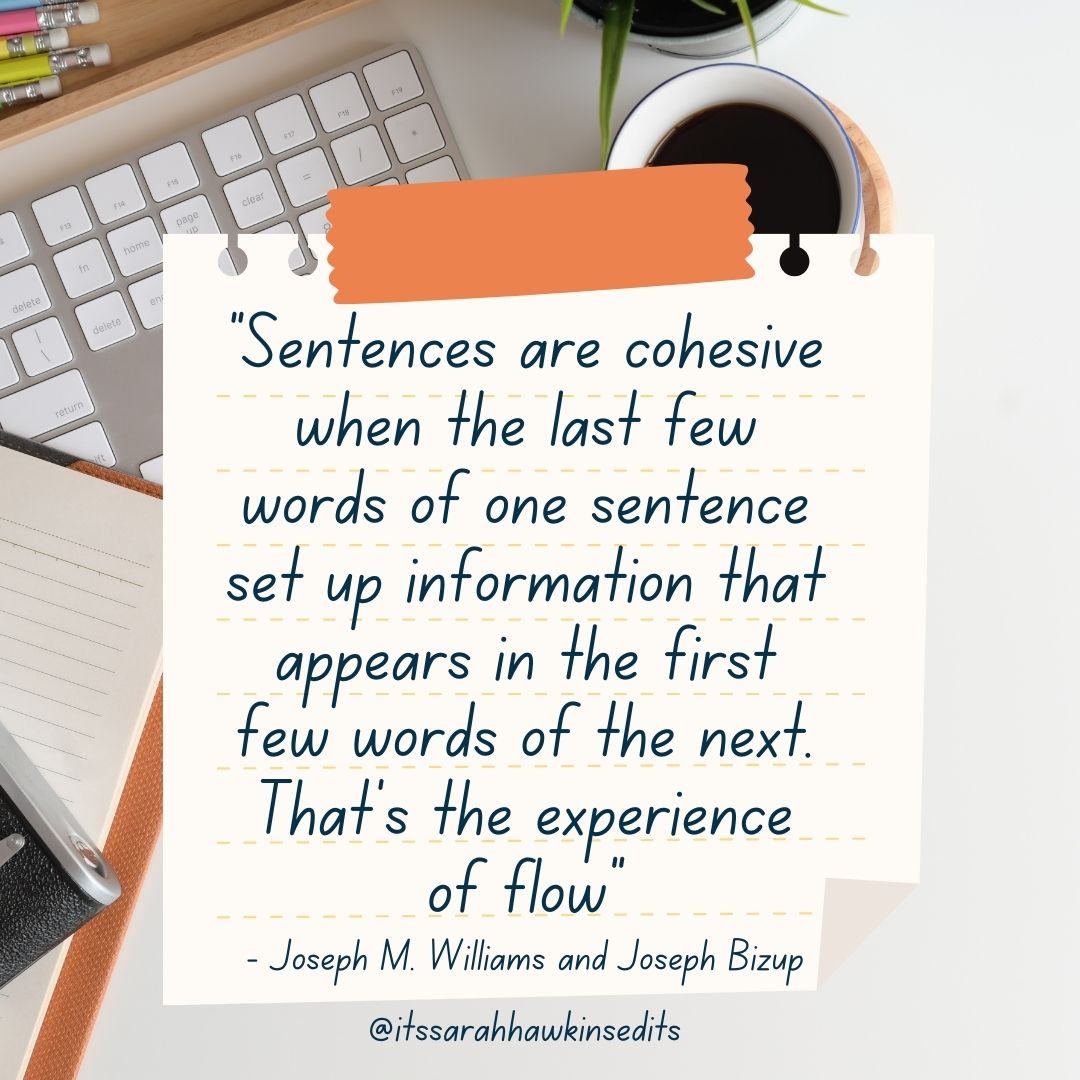
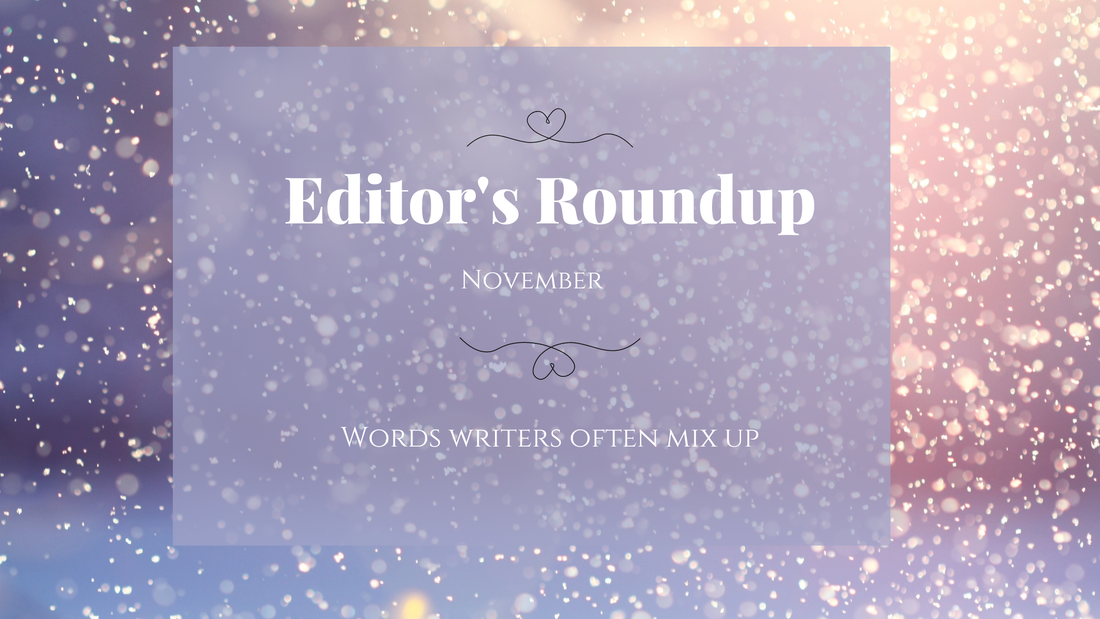
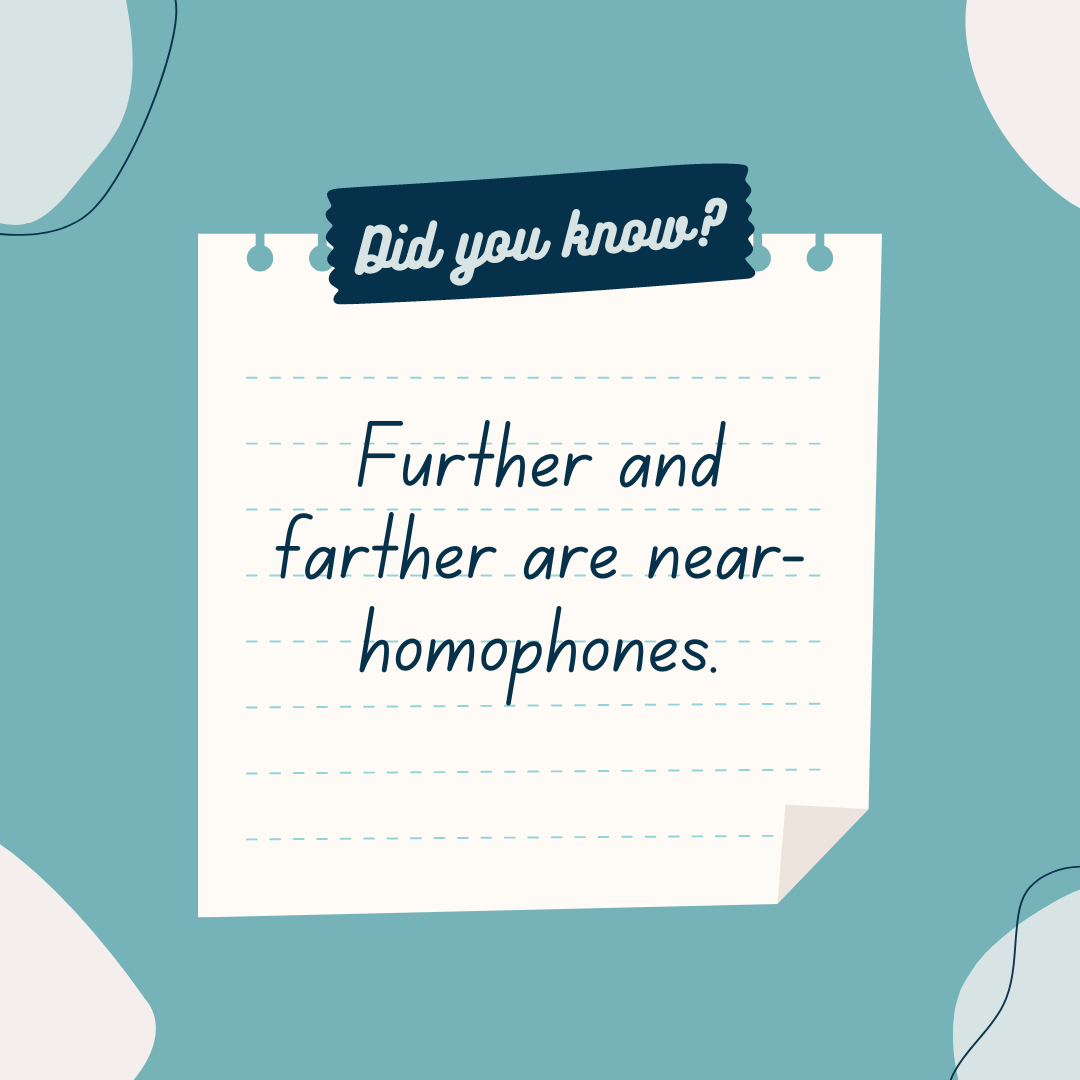
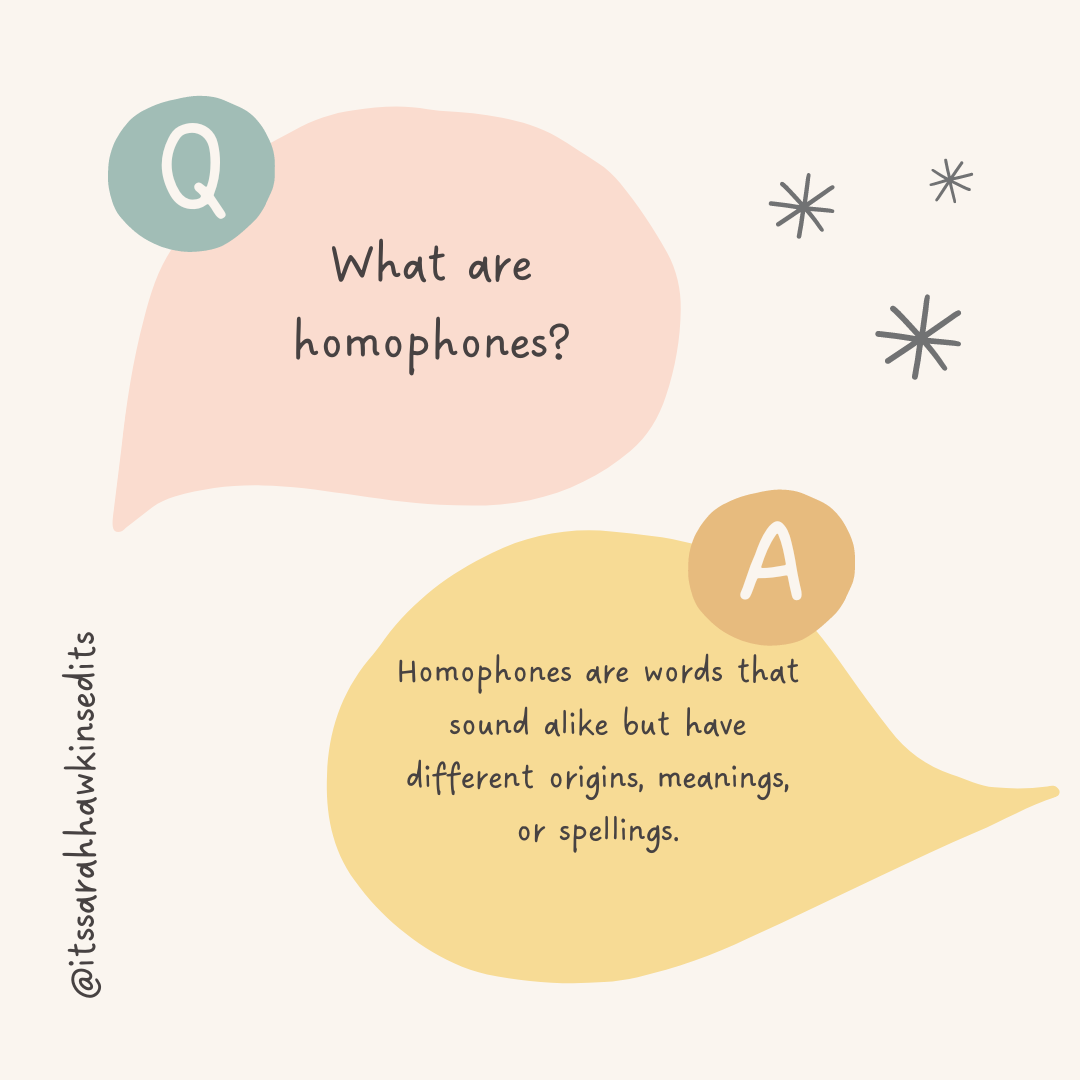
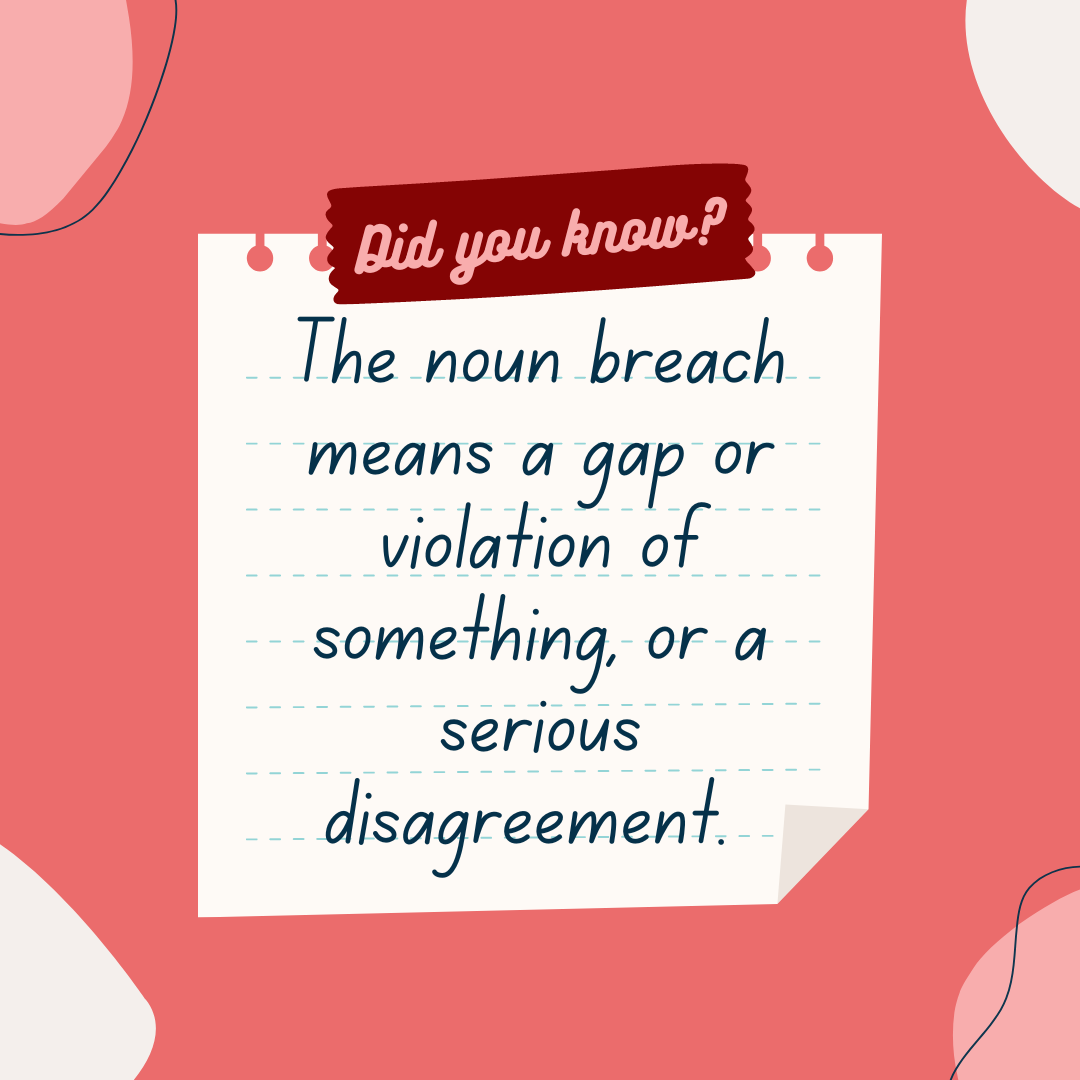
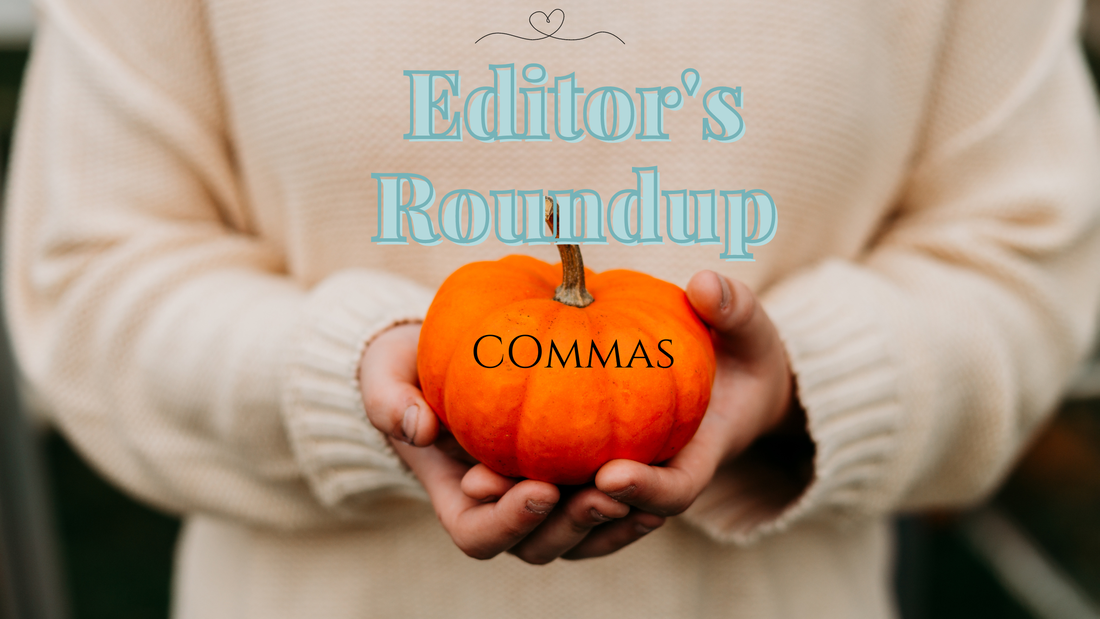
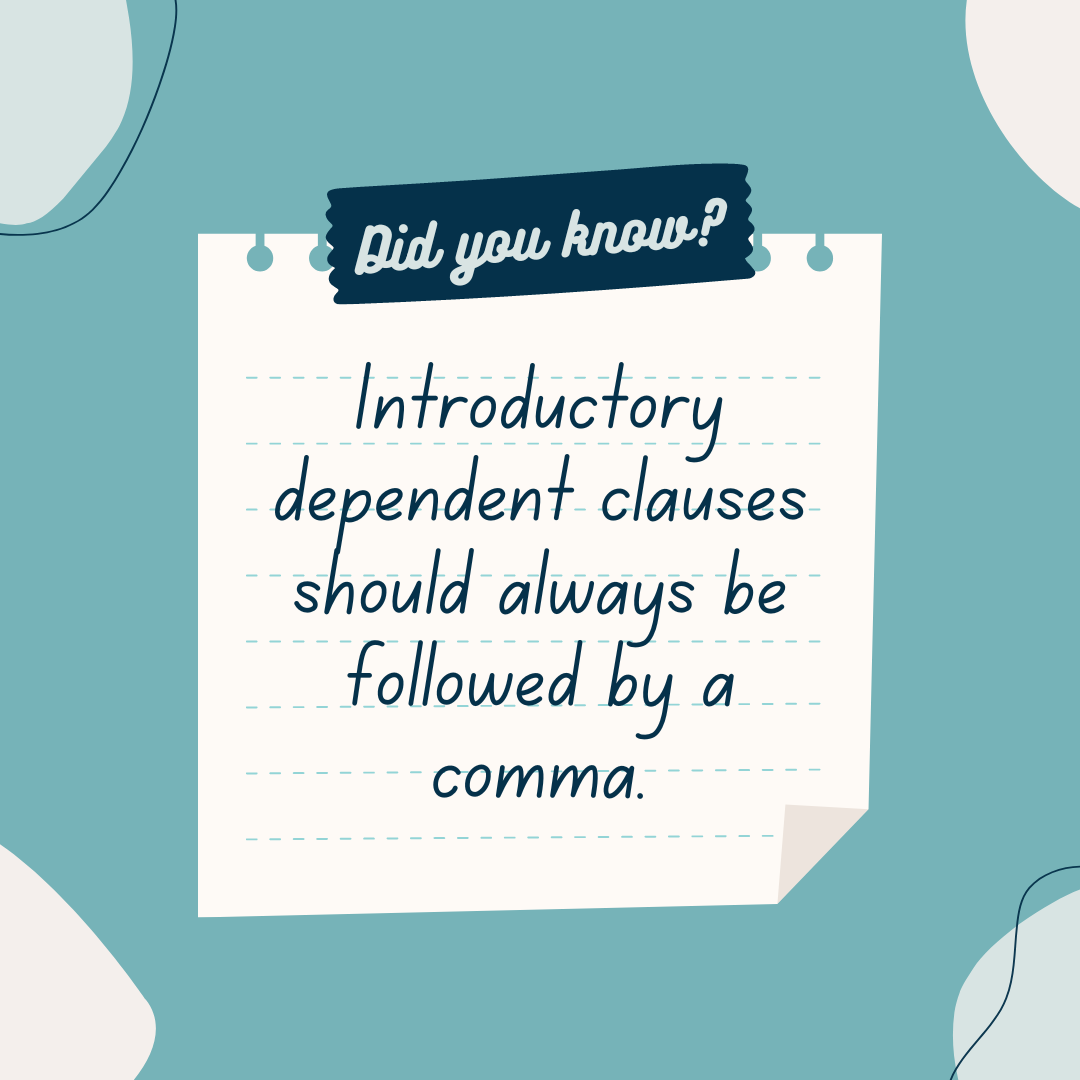
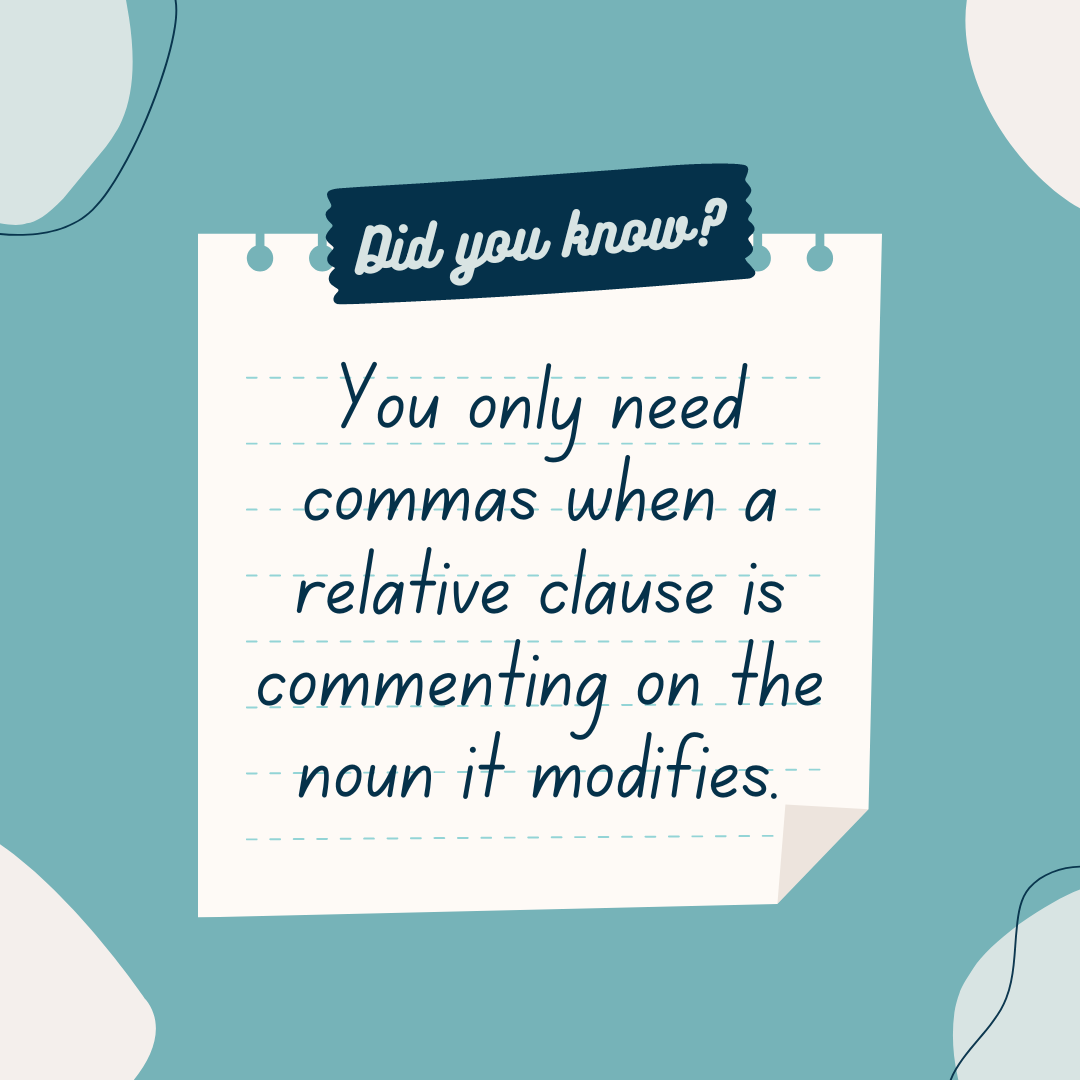
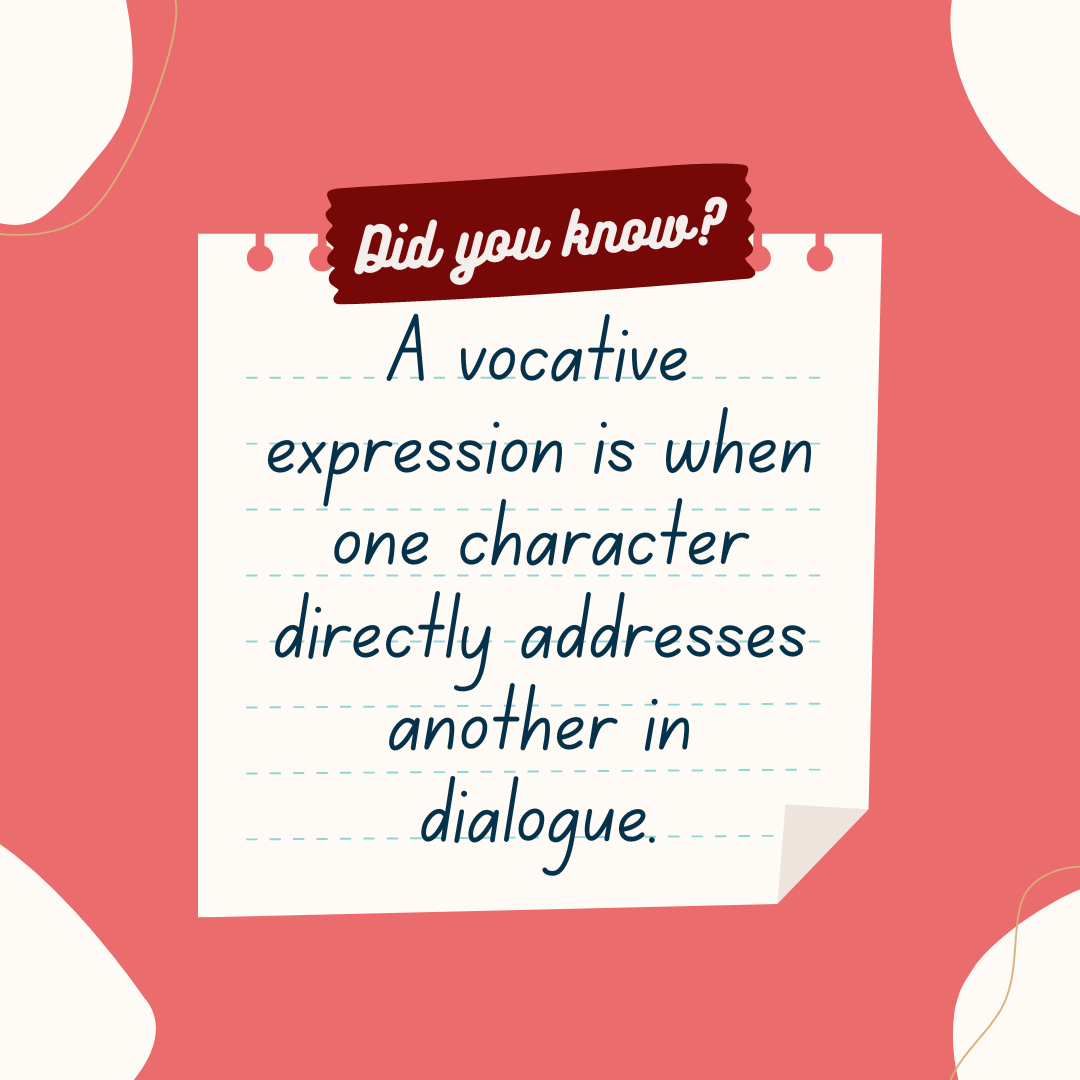
 RSS Feed
RSS Feed
